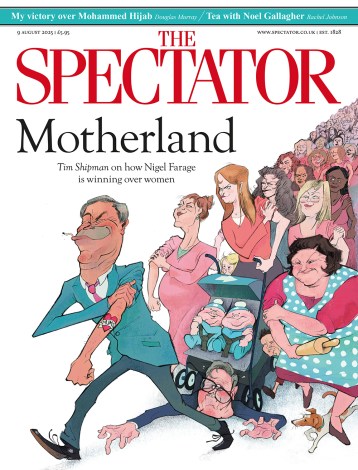Inventing Impressionism at the National Gallery reviewed: a mixed bag of sometimes magnificent paintings
When it was suggested that a huge exhibition of Impressionist paintings should be held in London, Claude Monet had his doubts. Staging such an exhibition, he wrote to his dealer Paul Durand-Ruel, would be ‘unwise’ and only likely to baffle a London public that ‘knows very little about us’. That was in 1904. What, one wonders, would Monet make of Inventing Impressionism, which has just opened at the National Gallery 111 years later? It can hardly be said now that the British know little of the Impressionists. On the contrary, you could argue we’ve seen quite enough of them in recent decades. The challenge for a gallery planning to put




